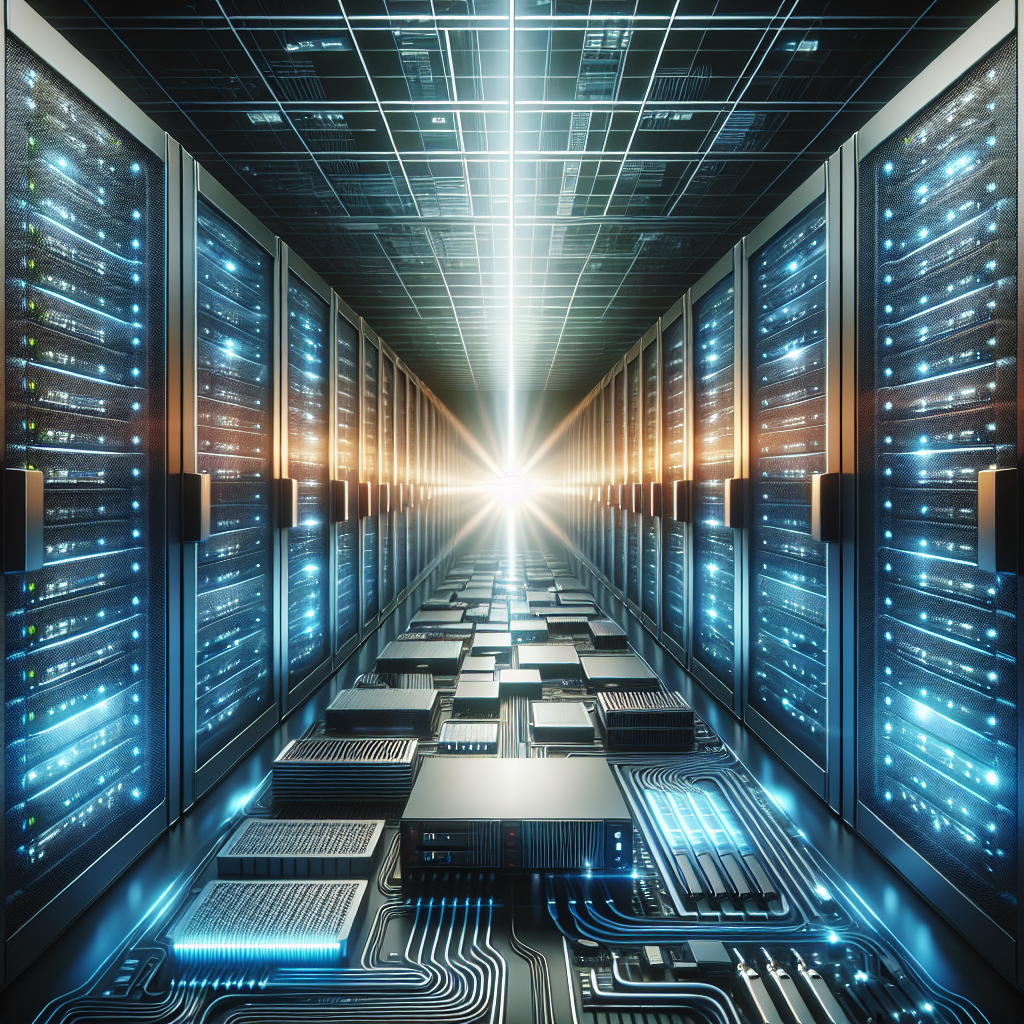In today’s fast-paced digital world, data centers are the backbone of businesses, enabling them to store, manage, and analyze large amounts of data. With the exponential growth of data generated by businesses and consumers alike, the need for faster, more efficient storage solutions has never been more critical. This is where all-flash storage comes in.
All-flash storage is a type of storage technology that uses flash memory to store data, as opposed to traditional spinning hard disk drives (HDDs). Flash memory is a type of non-volatile memory that is much faster and more reliable than HDDs, making it the perfect solution for high-performance data centers.
One of the key benefits of all-flash storage is its speed. Flash memory can read and write data much faster than traditional HDDs, leading to significantly faster data access and processing times. This can have a huge impact on the performance of data centers, enabling them to handle more data-intensive workloads and applications with ease.
In addition to speed, all-flash storage also offers increased reliability and durability. Unlike HDDs, which have moving parts that can fail over time, flash memory is solid-state and has no moving parts, making it more reliable and less prone to failure. This can help data centers minimize downtime and ensure that critical data is always available when needed.
Another advantage of all-flash storage is its efficiency. Flash memory consumes less power and produces less heat than traditional HDDs, making it more environmentally friendly and cost-effective in the long run. This can help data centers reduce their energy consumption and operating costs, while also improving their overall sustainability.
Overall, all-flash storage is revolutionizing data centers by providing faster, more reliable, and more efficient storage solutions. As data continues to grow at an unprecedented rate, all-flash storage is becoming increasingly essential for businesses looking to stay competitive in today’s data-driven world. By embracing this cutting-edge technology, data centers can improve their performance, reliability, and efficiency, ultimately enabling them to meet the demands of the digital age.

Leave a Reply
You must be logged in to post a comment.